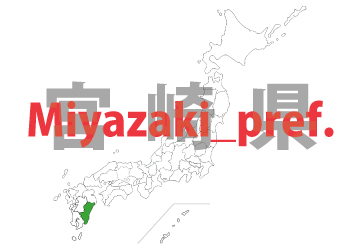
Miyazaki Prefecture — The Land of Divine Descent and Subtropical Blessings
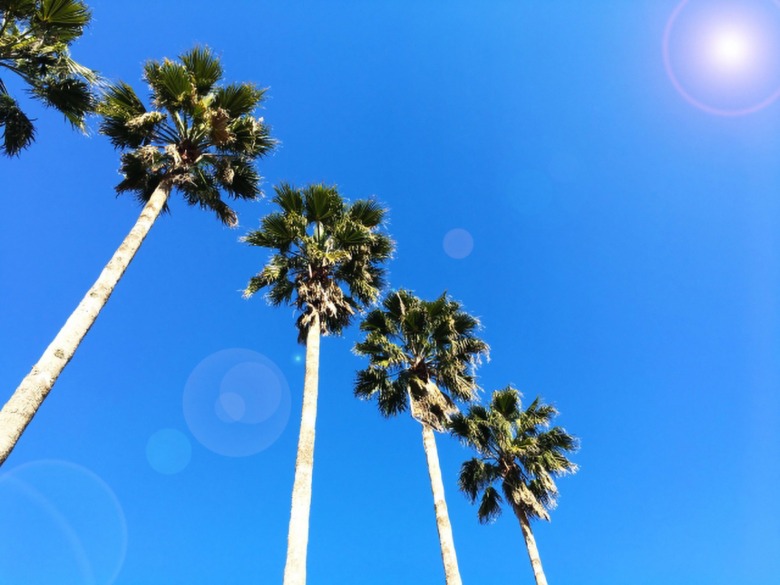
Miyazaki Prefecture is blessed with a warm climate and beautiful coastlines. In Miyazaki City, the prefectural capital, rows of phoenix palm trees line the streets, and tourist attractions such as Aoshima and Takachiho Gorge draw visitors from all over Japan. The near-subtropical climate provides an ideal environment for growing mangoes, known as “Taiyou no tamago (sun eggs),” and other tropical fruits, and has also fostered unique culinary traditions such as “Chicken Namban.”

Taiyou no Tamago(Mango)
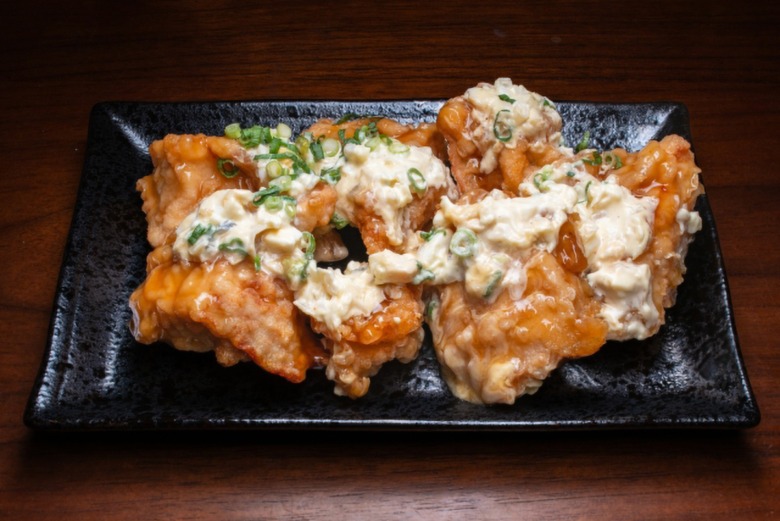
Chicken namban
The land of the Tenson Kourin (Heavenly Grandson’s Descent) myth.
Miyazaki Prefecture holds a particularly important place in Japanese mythology, deeply connected to the legend of “Tenson Kourin” (the Descent of the Heavenly Grandson). According to the legend, Ninigi-no-Mikoto, grandson of the sun goddess Amaterasu, descended from Takamagahara (the High Plains of Heaven) to Ashihara-no-Nakatsukuni (the Central Land of Reed Plains, or Earth). Takachiho, where this is said to have occurred, is central to Japan’s founding mythology. At Takachiho Shrine, the traditional “Yokagura of Takachiho” is still performed today and is designated as an Important Intangible Folk Cultural Property of Japan. This series of 33 dances, performed through the night, expresses the mythological world through music and dance.
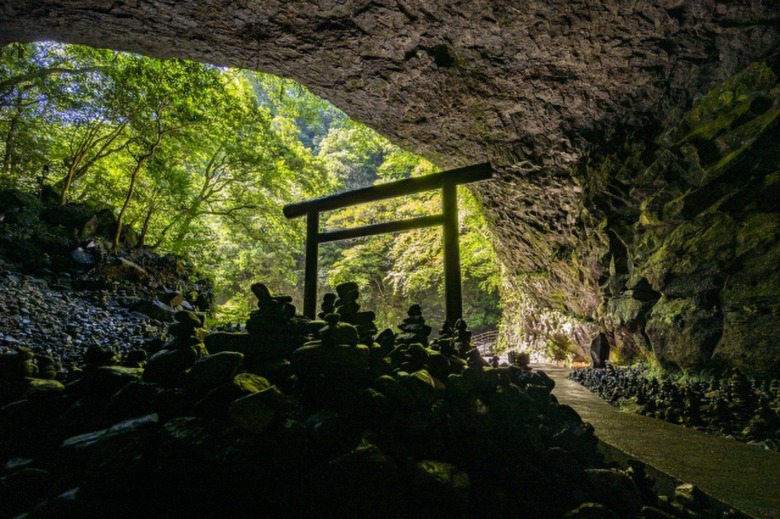
Ama no iwato
In Takachiho Gorge lies the “Manai Waterfall,” which according to legend sprung forth from where Ninigi-no-Mikoto thrust his Ame-no-sakahoko( heavenly spear) into the ground during his descent. The region is also home to Ama-no-Iwato, the cave where the goddess Amaterasu is said to have hidden herself, and where the dance of Ame-no-Uzume-no-Mikoto is considered the origin of Japanese performing arts.
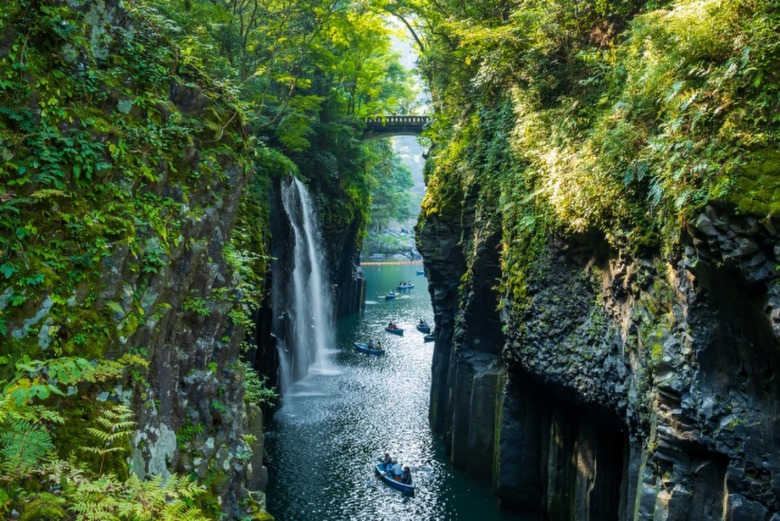
Takachiho Gorge
Miyazaki’s coastline offers excellent surfing conditions, attracting surfers from across the country. The local song “Hyuuga-bushi” celebrates the region formerly known as Hyuuga Province, capturing the beauty of Miyazaki’s coastal landscapes and agricultural heritage.
In western Miyazaki Prefecture, the Saitobaru Kofun-gun (Burial Mounds) has yielded haniwa (clay figurines) depicting people playing musical instruments, indicating that music played an important role in ancient life and rituals. In this way, the cultural background of Miyazaki Prefecture is deeply rooted in the mythology of Japan’s founding, which continues to influence the region’s music and performing arts traditions to this day.
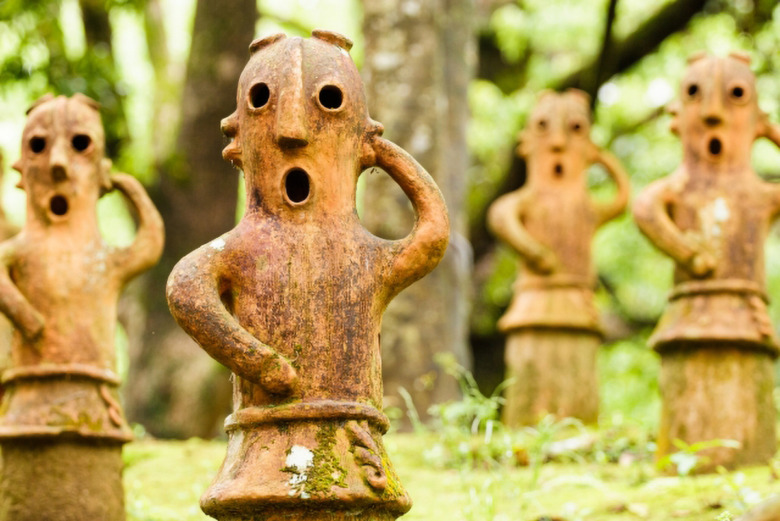
haniwa

